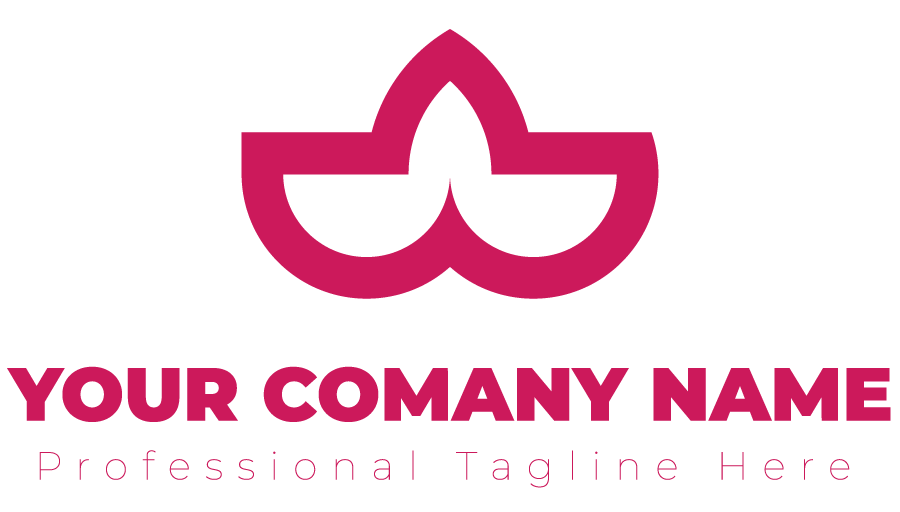Understanding Digitization and Its Importance
Digitization refers to the process of converting analog information into digital formats, enabling a more efficient and accessible means of managing and processing data. This transformation is imperative in today’s rapidly evolving technological landscape, where both businesses and individuals are increasingly reliant on digital systems to operate effectively. The importance of digitization extends across various dimensions, including information, services, and processes, each contributing significantly to operational efficiency and enhanced communication.
For businesses, the transition to digitization can lead to improved productivity and cost savings. By converting paper-based records into digital formats, organizations can streamline access to information and reduce the physical storage space required for documents. Moreover, digital services can enhance customer experiences through increased accessibility and convenience, fostering greater engagement and loyalty. On an individual level, digitization simplifies access to a wealth of knowledge and services, empowering users with information at their fingertips.
However, the path to successful digitization is not without challenges. Organizations may encounter technical difficulties, resistance to change, or a lack of understanding regarding the digitization process. These obstacles can hinder progress and lead to inefficient implementations. Thus, embracing simple digitization options can ease the transition, allowing both organizations and individuals to gradually adopt digital practices without overwhelming complexities. Simple tools and platforms can provide a user-friendly experience, making it easier to digitize essential operations incrementally and effectively.
In conclusion, understanding the fundamentals of digitization and its significance is crucial in an increasingly digital world. The move towards digital formats is not merely a trend but a necessary step toward greater efficiency, accessibility, and innovation across various sectors. As organizations and individuals adopt simple digitization options, they can navigate the complexities of this transformation with greater ease and confidence.
Simple Options for Digitizing Your World
In today’s fast-paced digital landscape, the need to digitize various aspects of personal life and business operations is more pressing than ever. Fortunately, there are numerous straightforward methods available to help facilitate this transformation. By incorporating services such as cloud storage, mobile applications, document scanning software, and basic automation solutions, individuals can significantly enhance their efficiency.
Cloud storage is one of the easiest ways to manage digital files. It allows users to store their documents, photos, and important data securely online. Popular options like Google Drive and Dropbox offer user-friendly interfaces and easy access from multiple devices. To get started, simply create an account, install the application on your devices, and begin uploading your files. This method enables seamless collaboration and file sharing, proving beneficial for both personal and business use.
Mobile applications further complement the digitization process by providing convenient access to a wide range of services. From note-taking applications like Evernote to project management tools such as Trello, these apps avail functionalities that aid in efficiency and organization. Users can download these applications from app stores, allowing them to organize their tasks and projects on-the-go.
Document scanning software is another effective option for digitizing printed materials. Tools like CamScanner and Adobe Scan allow users to quickly convert physical documents into digital formats. Once installed, users can easily scan documents with their mobile cameras, transforming them into PDFs or JPEGs that are easily shareable and searchable. This solution greatly minimizes paper clutter and enhances document management.
Lastly, exploring basic automation solutions can optimize daily tasks, helping streamline workflows. Tools like IFTTT (If This Then That) or Zapier enable users to automate simple actions, such as syncing files between applications or posting updates across social media platforms, with minimal effort. Getting started is as simple as signing up and following the prompts to create custom automations.
The digitization process need not be overwhelming. By reviewing these tools and applications, individuals can create more organized, efficient, and accessible systems, regardless of their existing technological expertise.

